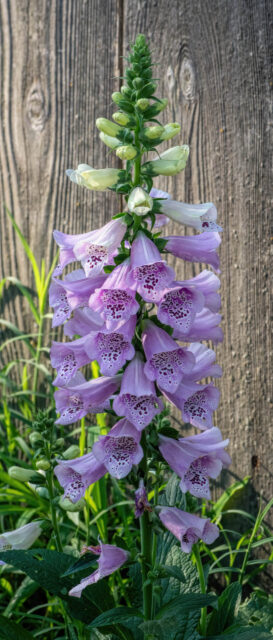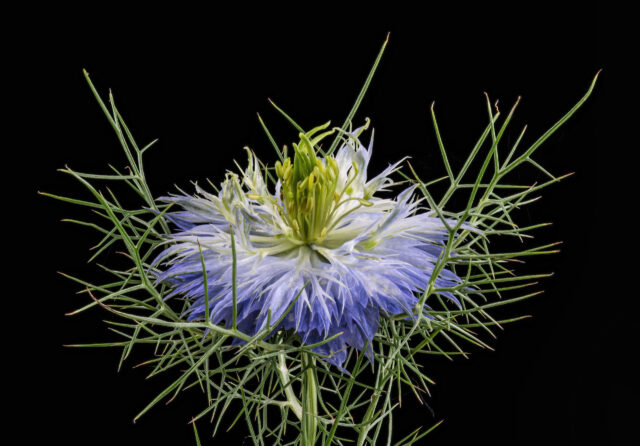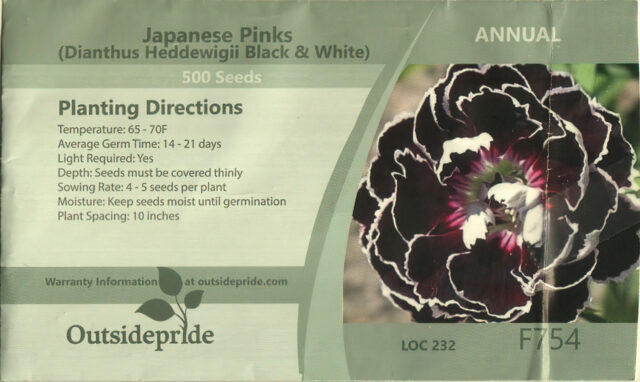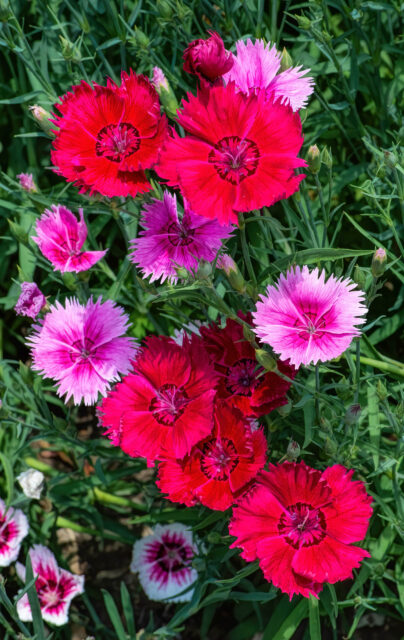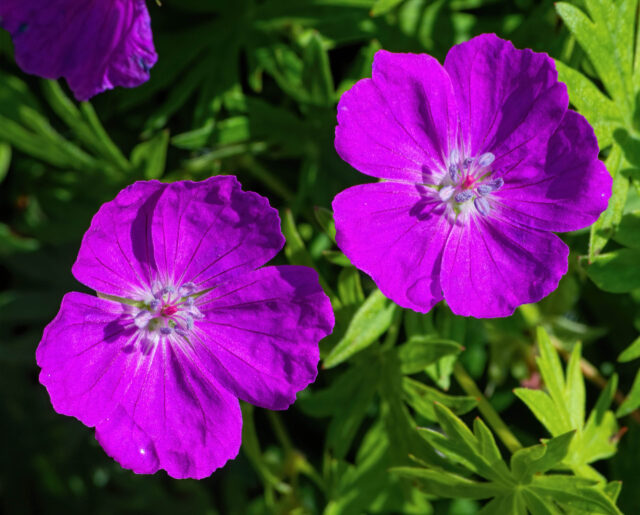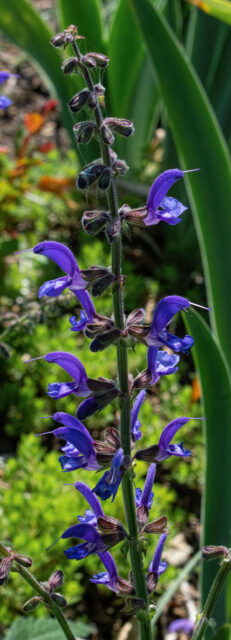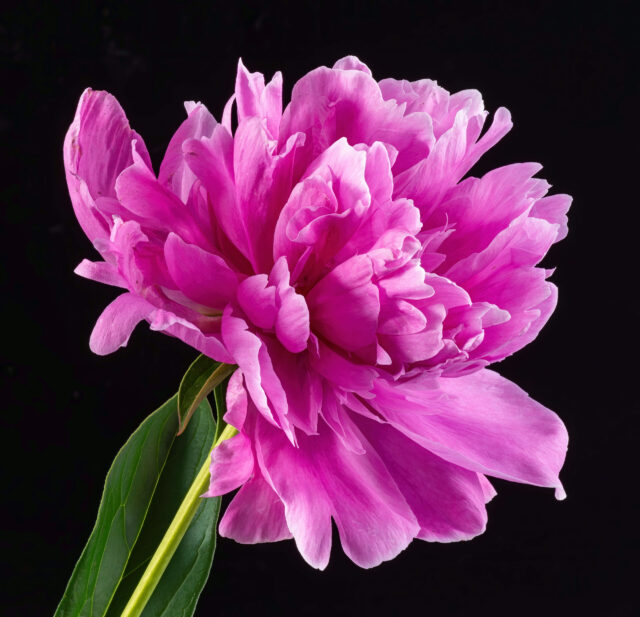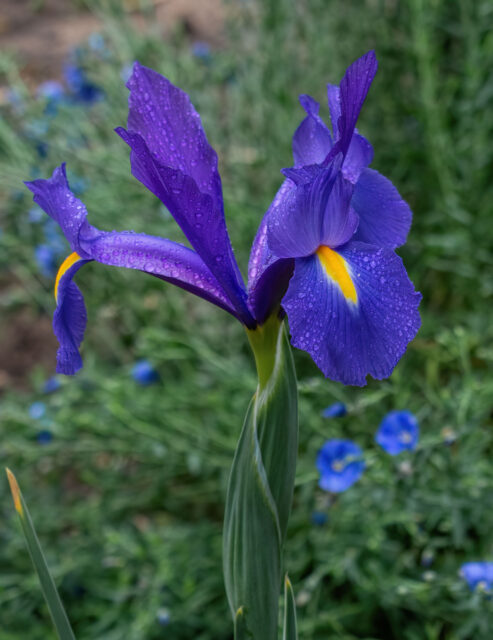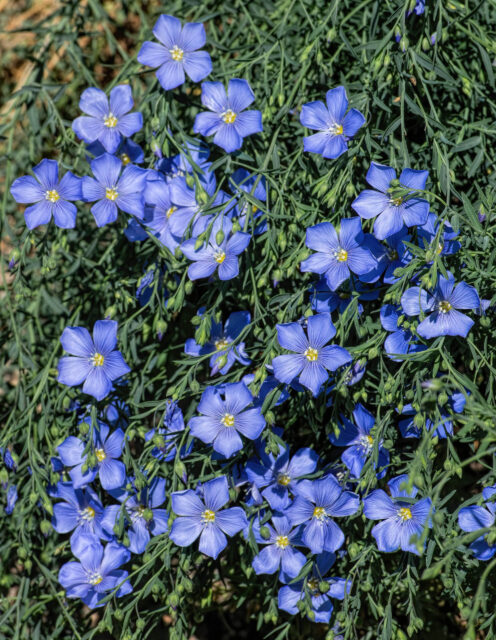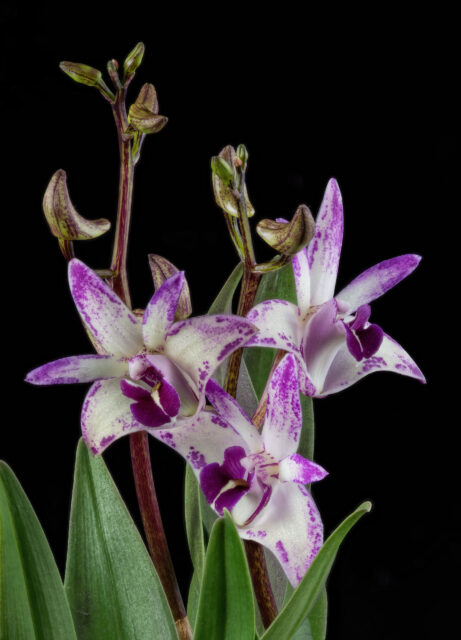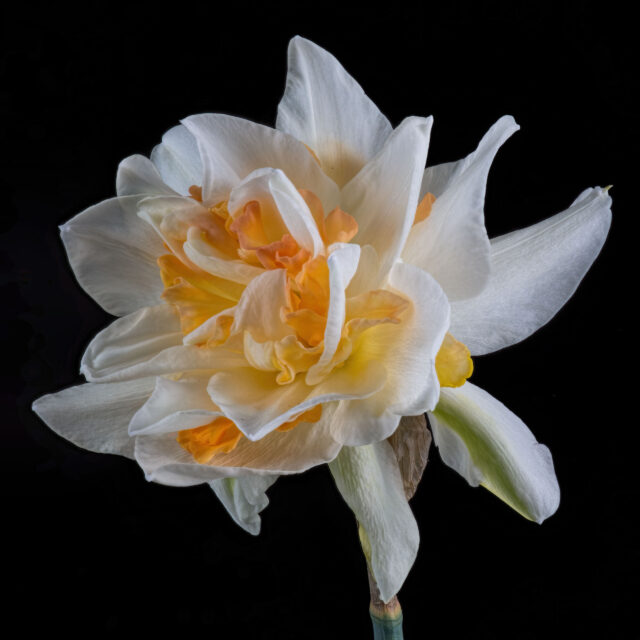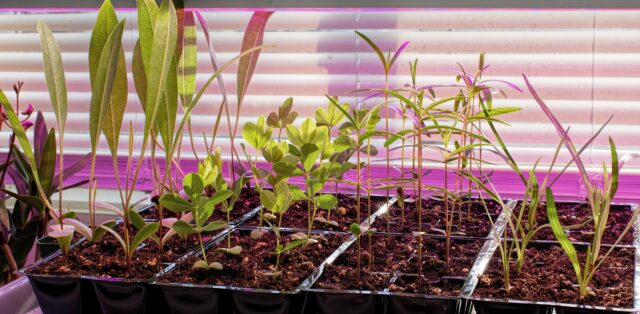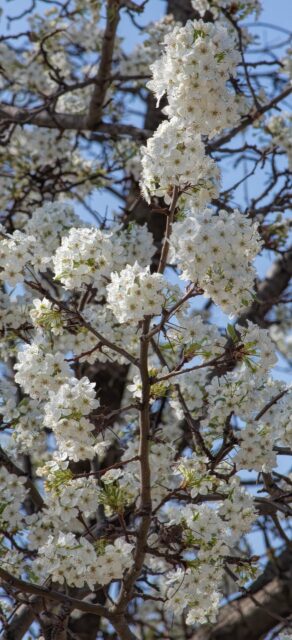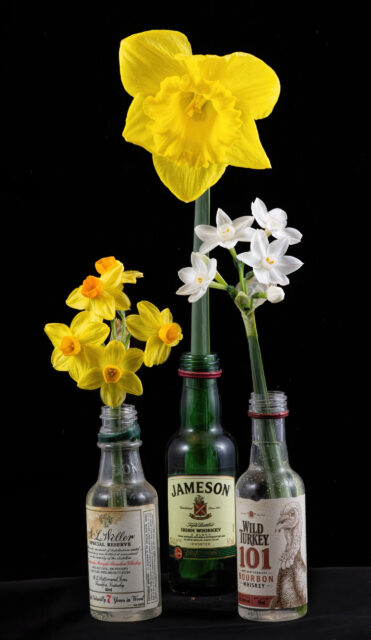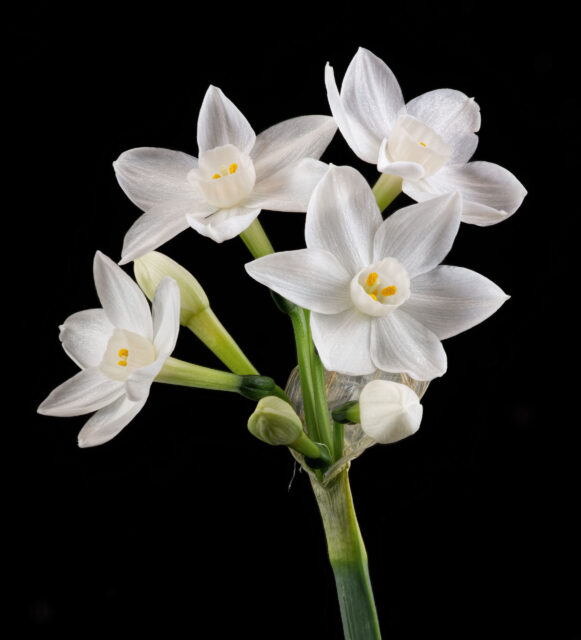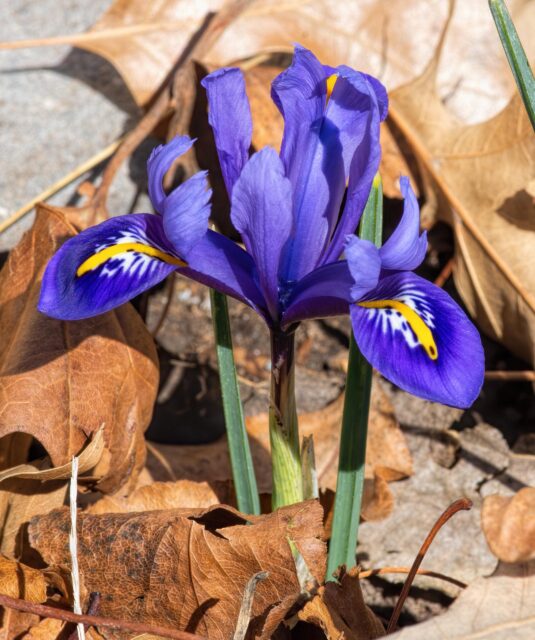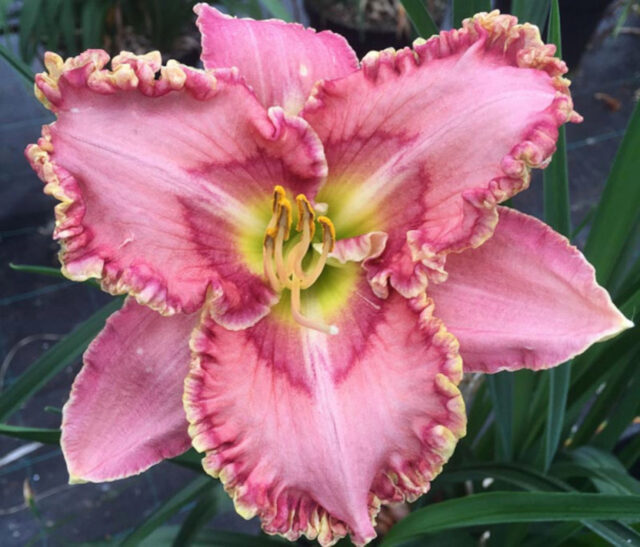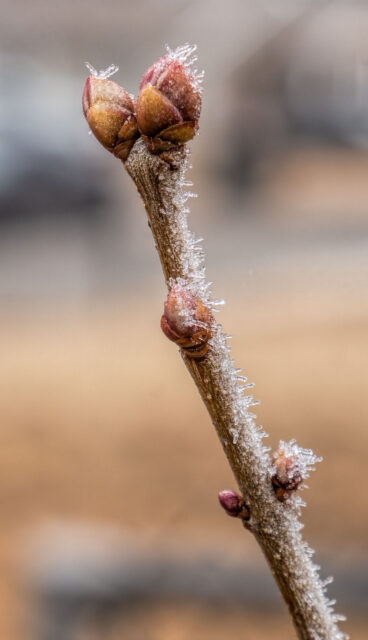2020 was a rotten year, when I lost what little remaining faith I had in government, journalism, medicine, the Church hierarchy, academia and scientists. 2021 was a transitional year, when I at last escaped the big city. In 2022 I could finally relax and devote my attention to matters beyond immediate emergencies and the end of civilization. Let’s take a look back at 2022, starting with the garden.
I focused on annuals this year, not entirely by choice. I did order some perennials from a couple of online sources, but that did not end well. I asked nursery #1 to ship my plants at the end of March. They didn’t. I sent them emails in April and May and received no replies. Finally, in June, when the weather here was too hot for planting, I heard from them. There had been some sort of catastrophe in their office, but it was finally all sorted out, and should they send my plants now? I told them to cancel the order, and I will shop elsewhere in the future.
I ordered several daylilies from nursery #2. The large, healthy roots arrived on time, and I expected great things from them. I was disappointed. Hemerocallis generally are foolproof. They’ll grow almost anywhere under almost any conditions and bloom profusely. Mine did not thrive, however. One died; the others hung on, but were weaker at the end of summer than when I planted them.
The problem, I think, was that the ground was poisoned. My predecessors here had used the bed where I planted the daylilies as a place to display kitschy little statues. When I moved in, the ground there was covered by lava rock over sheets of black plastic. Apparently they applied a strong, long-lasting herbicide to the ground before laying the plastic, and enough of it lingered deep in the soil to damage plants with large roots. Come spring, if the daylilies are still alive, I’ll transplant them elsewhere, and plant shallow-rooted annuals there for a few years.
On a whim, I picked up a handful of bagged perennials at Walmart. Cheap though they were, they were still overpriced. The plants, or fragments of roots, were small and weak. Nevertheless, enough survived to make the purchases worthwhile. In a few years I should have a nice collection of hostas.
Most of the reliable annuals — poppies, Phacelia, dahlberg daisy, cosmos, etc. — performed well. The exception was Gilia tricolor; normally every seed sprouts, but this year not one germinated. I presume it was a bad batch of seeds. The experiments were partially successful. Mentzelia lindleyi produced brilliant yellow flowers for a month, but the plants were scraggly and unattractive. Nolana paradoxa had fine blue flowers, but they weren’t as profuse as I had hoped. The morning glories took forever to set flower buds, and when they finally did, it was too late.
Some of the bulbs I planted in the fall of 2021 did well, and some didn’t. The lilies put on a good show, as did Allium christophii. About half the Walmart daffodils bloomed, and only two of the 35 species tulips. Fall and early winter last year were freakishly warm, and perhaps with normal cold weather at the proper time they would have done better. (But there is no such thing as normal Kansas weather.)
This year I will focus on perennials. I’ve already ordered too many seeds from Prairie Moon Nursery. Indoors, there may be more orchids when there is room under the lights again.

